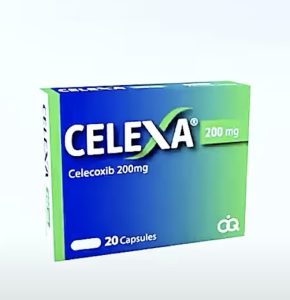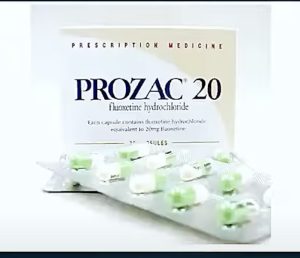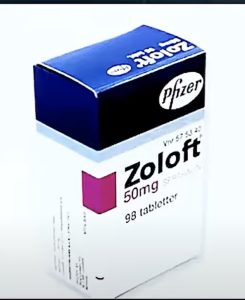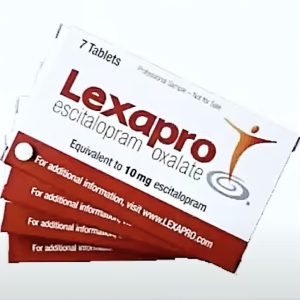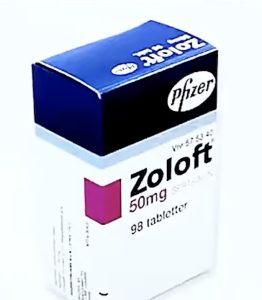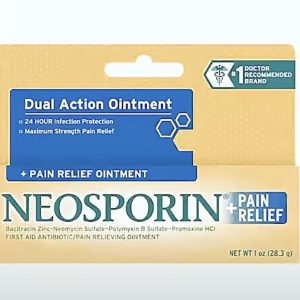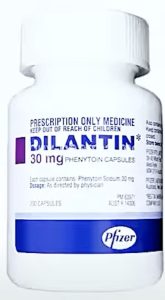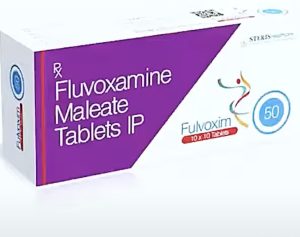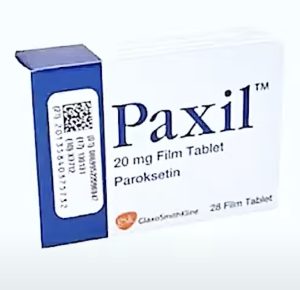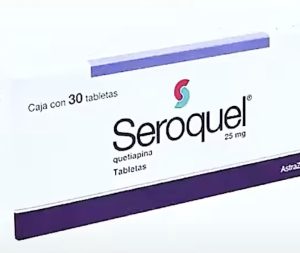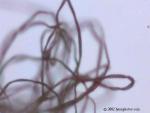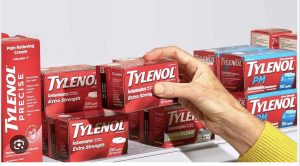Category Archives: Healing & Recovery Room
Must Watch Rob Lowe commercial: THE DANGER OF KIBBLE
CATARACTS-Loss of Vision-BLINDNESS Caused by Prescription Drugs (Dr.Ardis)
SALT
VLA Comment:The Salt Cure for Lyme Disease
Are These Things Crawling Through Your Body?
Excerpt: After 13 years of suffering with Lyme disease, a possible cure has been stumbled upon. A cumulative effect of much research has produced the possibility that salt and vitamin C may be all that is needed to beat this elusive illness. Without going into a lot of detail, our theory is that Lyme is not just a bacterial disease, but also an infestation of microfilarial worms.
DR. ARDIS ON SALT…ESTABLISHMENT’S GREATEST LIES (2 minutes)
Chi Gong for Self Healing-10 minutes
Dr. Sarah Myhill – Fix The Microbiome: FASTEST Way To Repair Gut Health (Without Probiotics)
Dr. Mercola: Reveals dosage details of combining DMSO with Natural remedies
- While DMSO has a variety of positive pharmaceutical synergies, it appears to work best when combined with natural therapies.
Note: Natural substances tend to be less toxic than pharmaceuticals and thus much less likely to be harmful once potentiated with DMSO. Nonetheless, it is still critical to understand how to prepare these mixtures (discussed here) safely.
- Many have found that combining DMSO with their favorite natural therapies has allowed them to take medical care into their own hands and “be their own doctor.”
MERCOLA LINK
VLA Comment: Go to the Mercola link…At last, the Mother of DSMO studies and transparent dosage information from Dr. Mercola.
TYLENOL….HERE IS WHY IT IS BAD!
TYLENOL: NAPQI (N-acetyl-p-benzoquinone imine) toxicity
occurs from an overdose of acetaminophen (APAP), which is a common occurrence in pregnancy. While NAPQI does not cross the placenta, the parent compound, APAP, does, posing a risk of liver damage to both the mother and the fetus. Fetal risk increases after 14 weeks gestation when the fetal liver begins metabolizing APAP into NAPQI
Mechanism of toxicity
• Normal APAP metabolism: At therapeutic doses, acetaminophen is metabolized in the liver and detoxified by glutathione.
• Overdose: In an overdose, the glutathione supply is exhausted, and the APAP is shunted to the cytochrome P450 (CYP450) system, which produces the toxic metabolite NAPQI.
• Cellular damage: In the absence of sufficient glutathione, NAPQI binds to and damages liver cells, leading to severe hepatotoxicity, acute liver failure, and potentially death.
Fetal susceptibility:
o The fetus can produce its own NAPQI starting around 14 weeks gestation and has a limited supply of glutathione, making it vulnerable to APAP’s effects.
o The fetal liver’s CYP450 activity increases with gestational age, peaking in the third trimester.
Maternal effects
• Hepatic: Liver injury, fulminant hepatic failure, liver transplant, and death.
• Other organs: Renal failure and pancreatitis.
• Gastrointestinal: Nausea, vomiting, anorexia, and abdominal pain.
• Neurological: Hepatic encephalopathy and confusion.
Fetal effects
• Fetal hepatotoxicity: The fetus’s developing liver can suffer direct damage, especially in the third trimester.
• Fetal death: Overdose can lead to spontaneous abortion and fetal demise in all trimesters, with late presentation of maternal toxicity being a significant risk factor.
• Premature birth: Acetaminophen overdose can induce premature labor.
• Neurodevelopmental: Some studies suggest an association between prenatal APAP exposure at therapeutic doses and an increased risk of ADHD and other neurodevelopmental disorders, but data remains observational.
Tylenol (acetaminophen) is processed by Cytochrome P450 (CYP) enzymes, specifically CYP1A2, CYP2E1, and CYP3A4, which convert it to a toxic byproduct called NAPQI (N-acetyl-p-benzoquinone-imine).
When acetaminophen is taken at therapeutic doses, most of it is processed differently, but high doses can overwhelm these pathways, leading to increased NAPQI production and potential liver damage.
How CYP Enzymes are involved:
- Metabolism:CYP enzymes are crucial for metabolizing acetaminophen, especially at high or toxic doses.
- NAPQI Formation:These enzymes catalyze the oxidation of acetaminophen, forming the highly reactive and toxic intermediate NAPQI.
- Toxicity:NAPQI can bind to cellular macromolecules, leading to liver damage and necrosis.
Key CYP Enzymes:
- CYP2E1:This enzyme is a significant contributor to the bioactivation of acetaminophen to NAPQI.
- CYP1A2 & CYP3A4:These are also involved in acetaminophen metabolism, with their contribution varying depending on drug concentration.
Implications:
- Overdose Management:Understanding the role of CYP enzymes is essential for managing acetaminophen overdose, as inhibiting these enzymes could potentially reduce NAPQI formation.
- Drug Interactions:The activity of CYP enzymes can be influenced by other substances or conditions, potentially altering acetaminophen’s toxicity.
@drjoshreddTylenol breaks down into a toxic byproduct (NAPQI). Normally, glutathione—the body’s master antioxidant—neutralizes it. But in pregnancy, Tylenol use can cross into the placenta, and stresses the baby’s immature liver and brain. 💡 Safer support options: hydration, rest, lukewarm baths, arnica, chamomile, vitamin C, glutathione-supporting foods, and when needed, talk to your doctor for alternatives. Here are 3 human studies from Johns Hopkins, Yale & Harvard: Yale (Liew et al., 2022): Observational studies link frequent prenatal acetaminophen use with ↑ risk of asthma, neurodevelopmental issues, and genital malformations. • Harvard (Baccarelli et al., 2025, BMC Environ Health): Systematic review of 46 studies found prenatal exposure associated with higher risk of autism & ADHD. • Johns Hopkins (Ji et al., 2019, JAMA Psychiatry): Cord blood biomarkers of acetaminophen linked to ~2–3× higher risk of autism/ADHD in children. Here are 10 more. This isn’t new news: References (Human Studies on Acetaminophen Toxicity): • Mitchell JR et al. J Pharmacol Exp Ther. 1973 — First evidence that acetaminophen depletes glutathione and forms toxic metabolites. • Prescott LF et al. Lancet. 1977 — NAC rescues patients by replenishing glutathione. • Rumack BH & Matthew H. Pediatrics. 1975 — Classic clinical description, origin of the APAP nomogram. • Heubi JE et al. J Pediatr. 1998 — Pediatric hepatotoxicity after repeated dosing. • Davern TJ et al. Gastroenterology. 2006 — Serum protein adducts confirm NAPQI formation in humans with acute liver failure. • James LP et al. Clin Pharmacol Ther. 2009 — Adducts track with severity of overdose in adults. • James LP et al. J Pediatr. 2001 — Adducts also confirmed in children with toxicity. • Larson AM et al. Hepatology. 2005 — U.S. multicenter study: APAP is the leading cause of acute liver failure. • Hinson JA et al. Handb Exp Pharmacol. 2010 — Comprehensive human/mechanistic review.♬ original sound – Dr. Josh Redd
@dailymail President Trump claimed Tylenol taken during pregnancy is linked to autism, urging people not to take it. Read more at DailyMail. #news #breakingnews #trump #politics #autism ♬ original sound – Daily Mail

